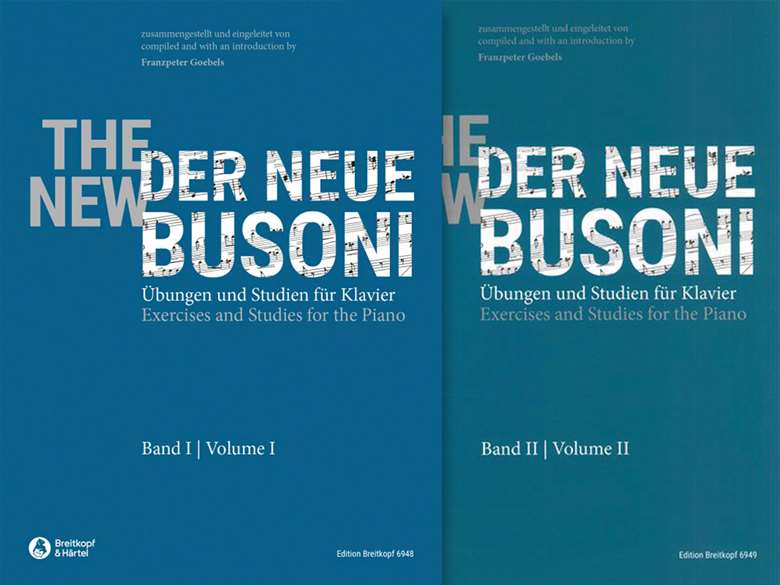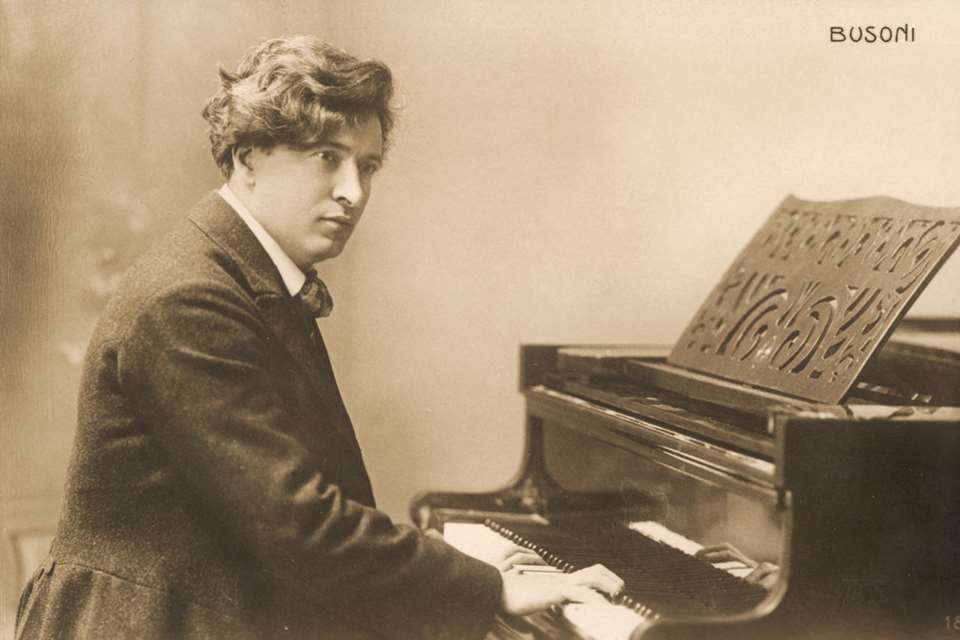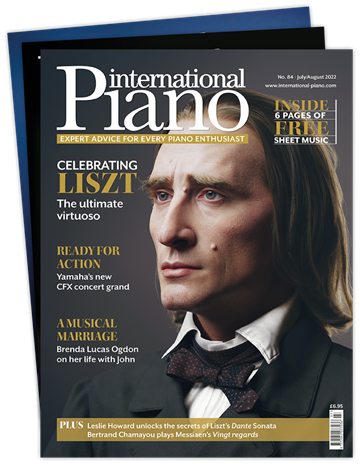The New Busoni: Exercises and Studies for the Piano, Volumes 1 and 2 (Edition Breitkopf)
Murray McLachlan
Friday, March 8, 2024
There is a wonderful holistic unity, an organic authenticity about the way the exercises are presented

Register now to continue reading
This article is from International Piano. Register today to enjoy our dedicated coverage of the piano world, including:
- Free access to 3 subscriber-only articles per month
- Unlimited access to International Piano's news pages
- Monthly newsletter







